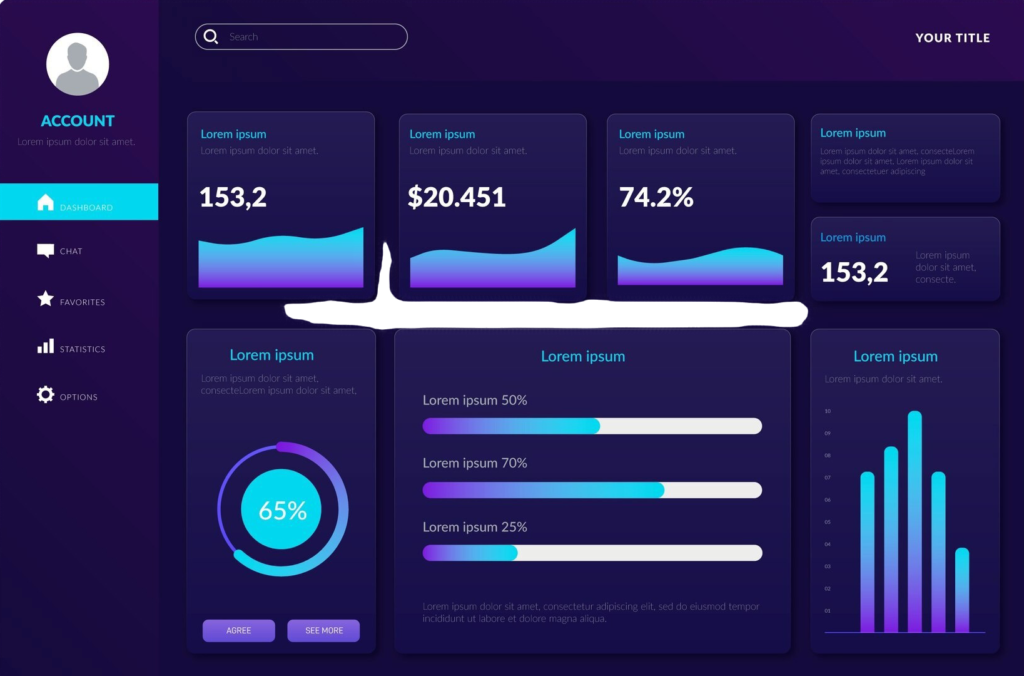Learn how to improve your positioning in marketing. We cover the benefits of positioning, types of positioning, examples, how to create a positioning strategy.

There are probably hundreds or even thousands of companies that provide products or services similar to yours. They give similar promises and offer similar benefits, and thus they have a similar position in the mind of the average consumer.
Such a situation makes the consumer wonder why they should go for one company instead of another. They might feel like all the options are the same. As a business owner, your job is to show why your products are not the same as others’ products and why you can provide unique value to customers about your competitors.
The process of positioning is crucial for your marketing strategy and marketing efforts. This guide will help you learn how to distinguish yourself from your competition in the consumers’ minds, thus getting ahead of your competition in a highly competitive market.
Positioning is one of the 4 P’s of the marketing mix and refers to the process influencing the consumer perception of your brand or a specific product you offer. More specifically, positioning is the process of creating a specific image of your brand with which your target customers will associate you, thus distinguishing you from your competitors.
As Ries & Trout say, “Positioning is not what you do to a product. Positioning is what you do to the mind of the prospect. That is, you position the product in the mind of the prospect.”
Positioning is all about choices – choosing your place in the market. For example, a car manufacturer may emphasize the practicality of its cars, positioning them as quality vehicles for the average consumer instead of costly status symbols. Likewise, a fast food chain may position itself as a palace to get inexpensive and quick meals, unlike high-end restaurants.
On the other hand, a fashion brand may position its clothes as high-end status symbols with completely unique design choices. This would make it stand apart from other clothing manufacturers.
No matter what business you run, positioning is invaluable for showing consumers why they should pick your brand out of all the others. You need to create a distinct image and make it stick in your consumers’ minds to have a lasting impact and ensure they don’t forget you and the value you bring.
Positioning is somewhat similar to processes such as branding, value proposition, messaging, and differentiation. However, there are some key differences that we need to highlight to understand better what positioning is.
Branding refers to creating a unique logo, tagline, or slogan to create an original brand image. You can think of the McDonald’s logo and the recognizable “I’m lovin’ it” slogan. These two elements are unique to the company and instantly recognizable.
Positioning is similar, but its main focus is on creating a specific image or idea of your brand in your customers’ minds. For example, you might try to position your company’s products as more practical when compared to your competitors.
Positioning can also be confused with a value proposition. A value proposition is a promise you make to your customers regarding the benefits, use, and quality of your products or services. So a value proposition might be a part of the positioning, but it is not the same process.
While positioning involves outlining the uniqueness of your products and services in comparison to your competitors, messaging is when you communicate how you’ll fulfill your promises to your target audience.
Since positioning is to a great extent about how different your product is from the competition, it might be easy to confuse it with differentiation. However, differentiation is a tactic you use to make a specific offer or product stand out and get more interest from the target audience.
+92 3180171078
zakirzak0000@gmail.com



